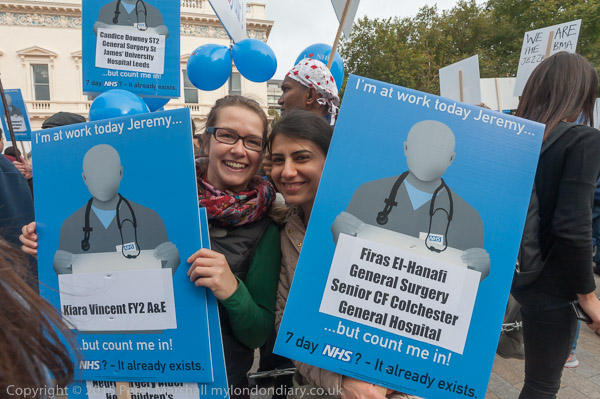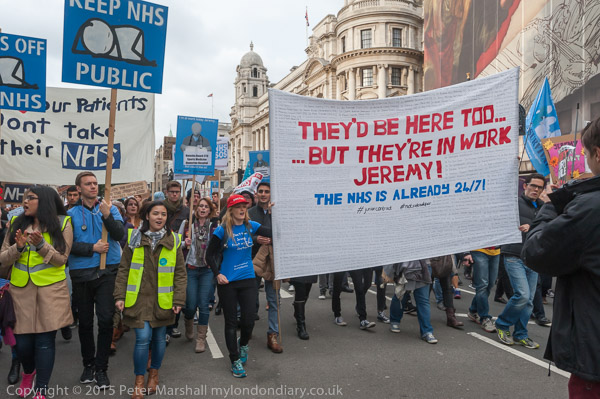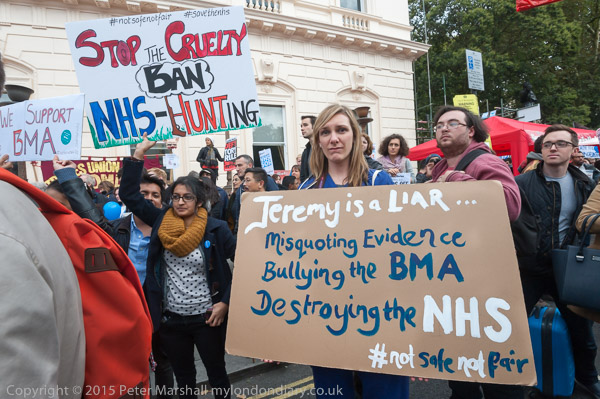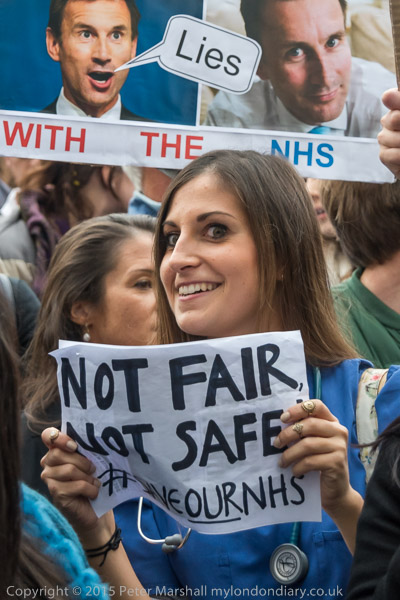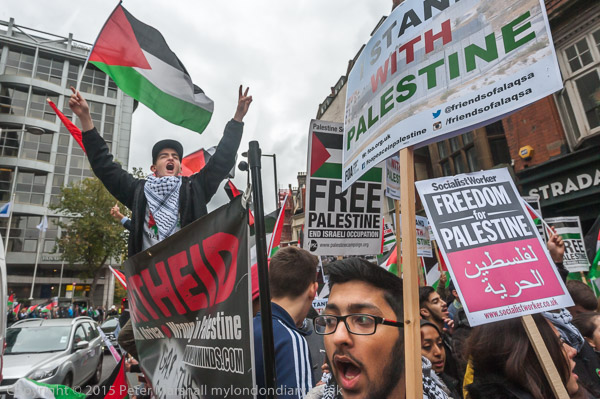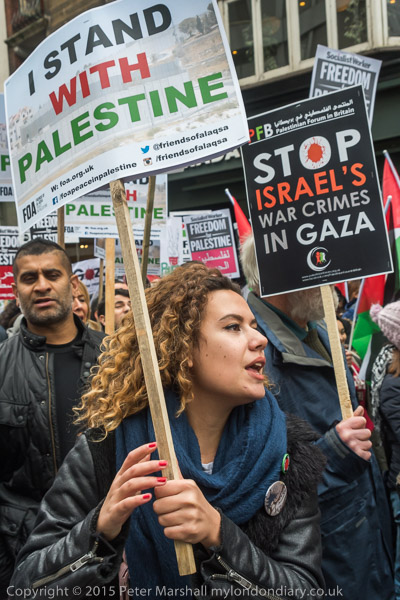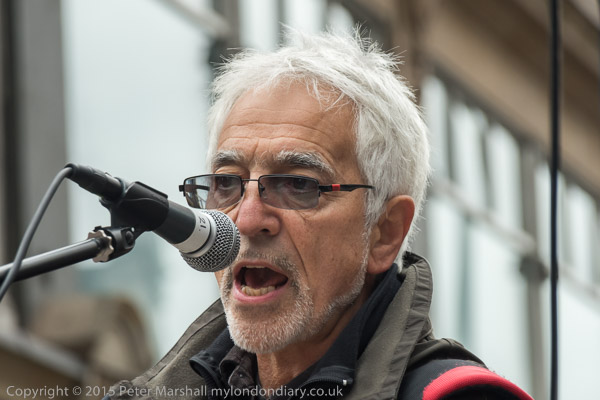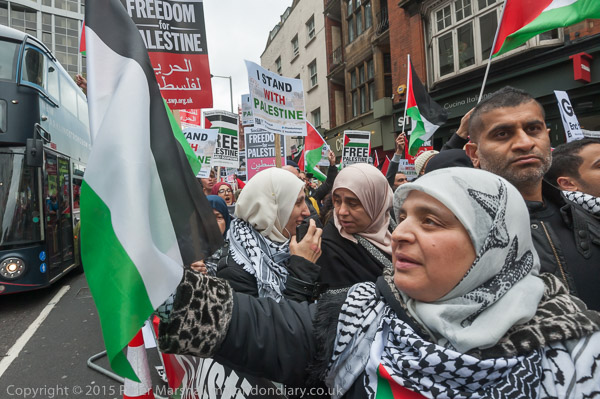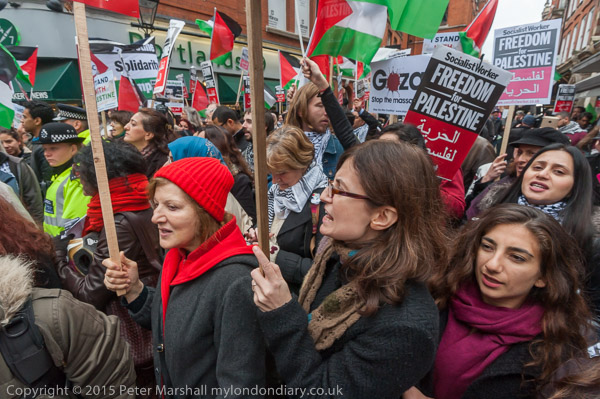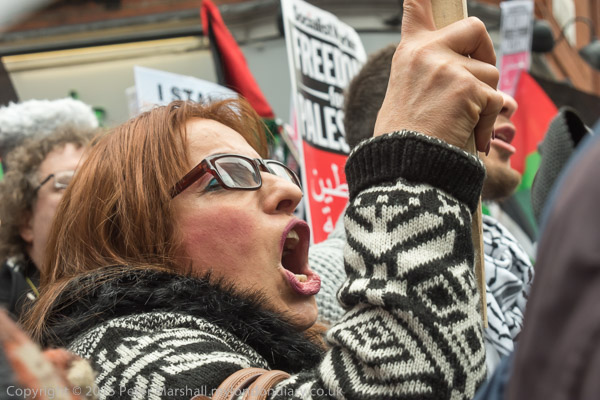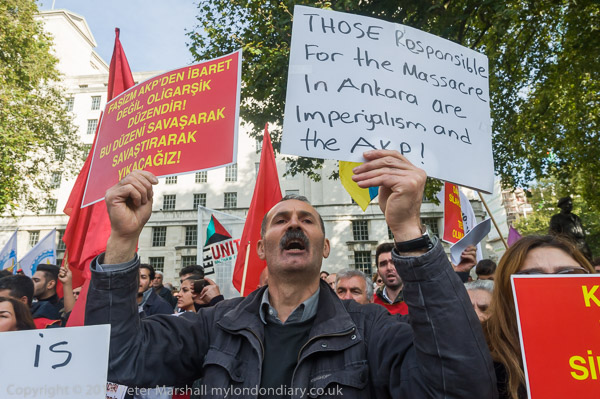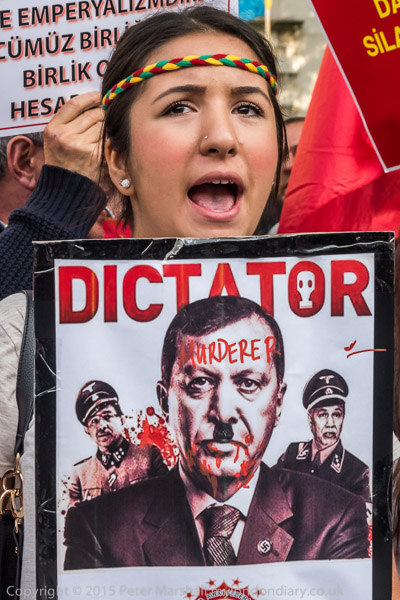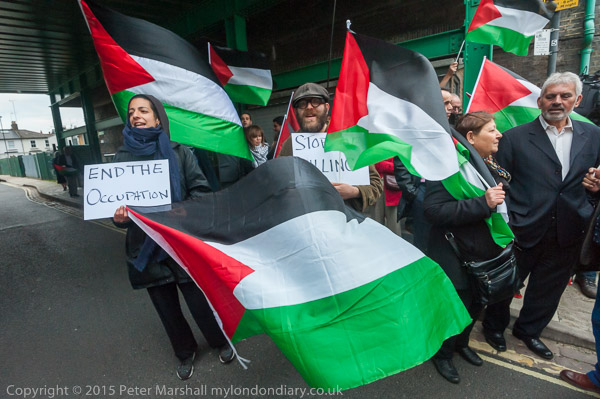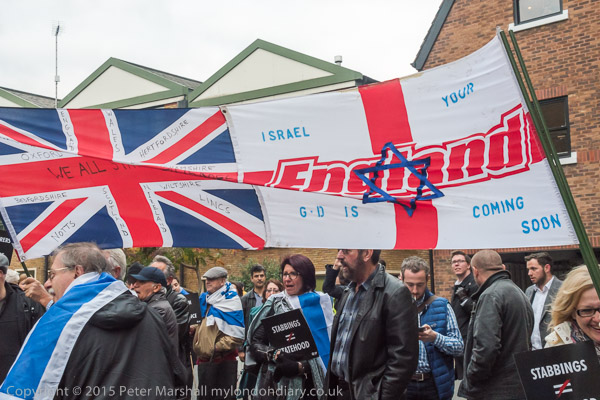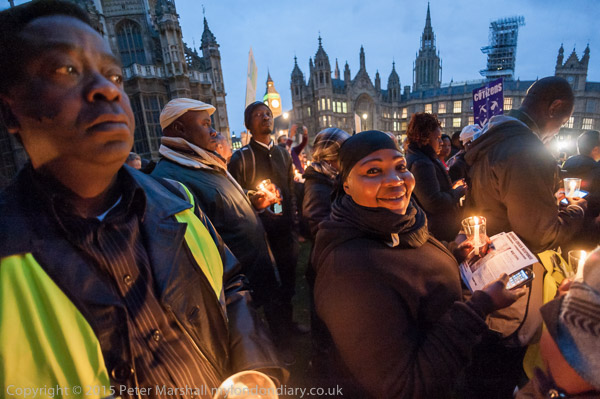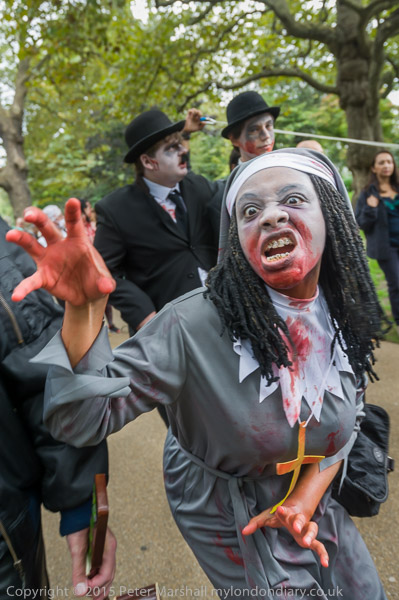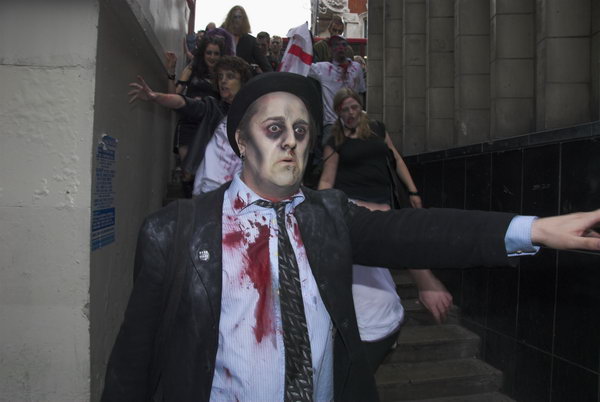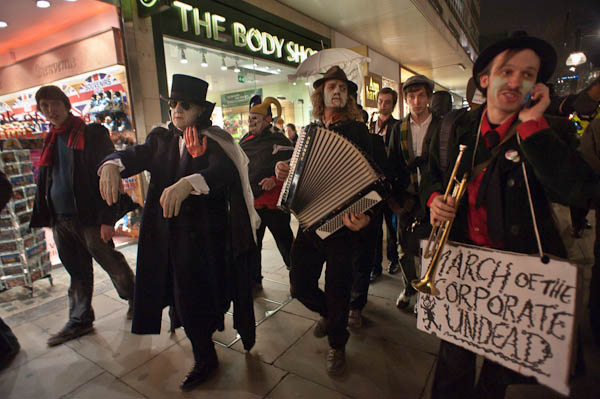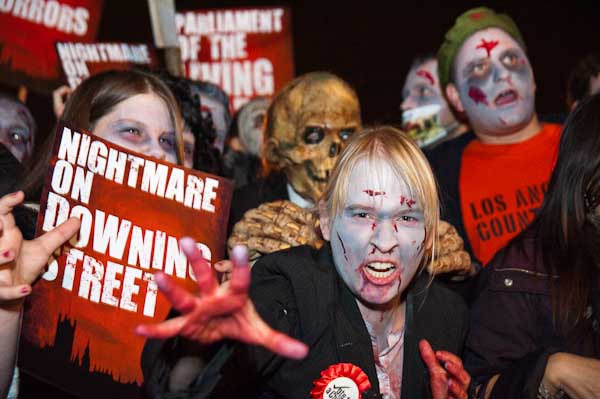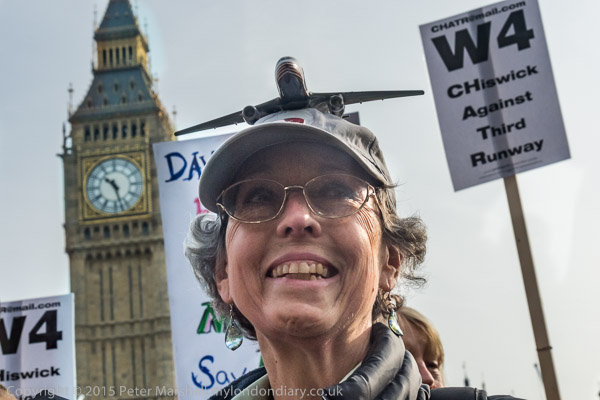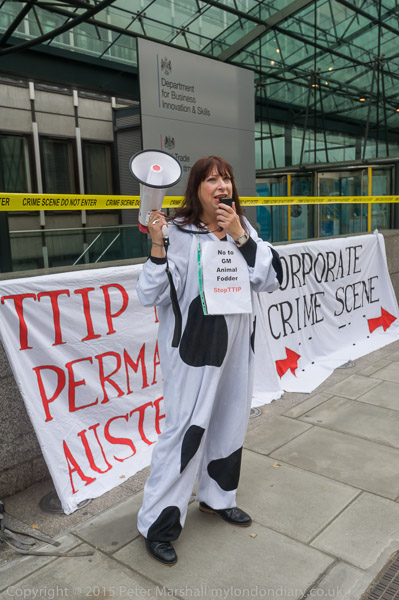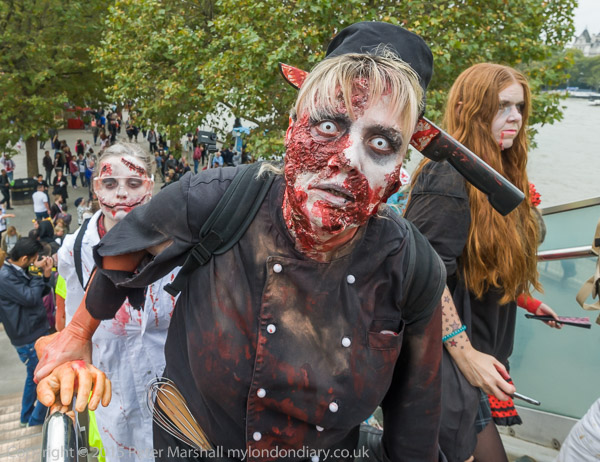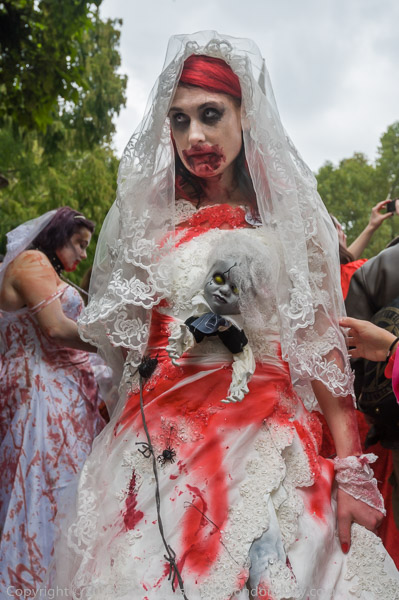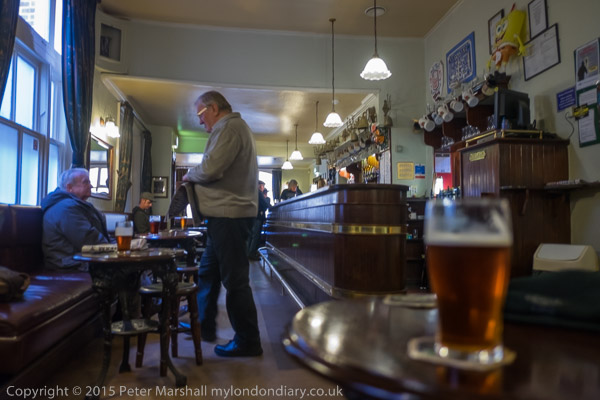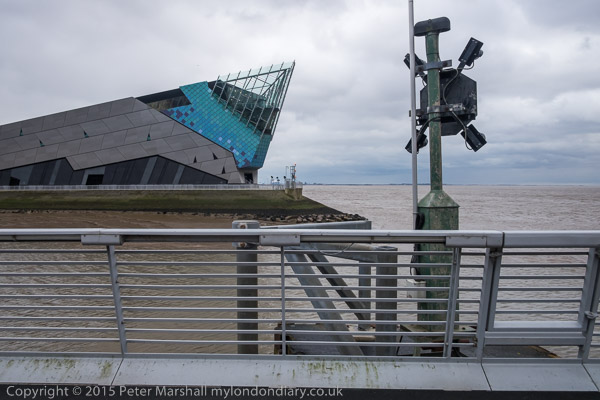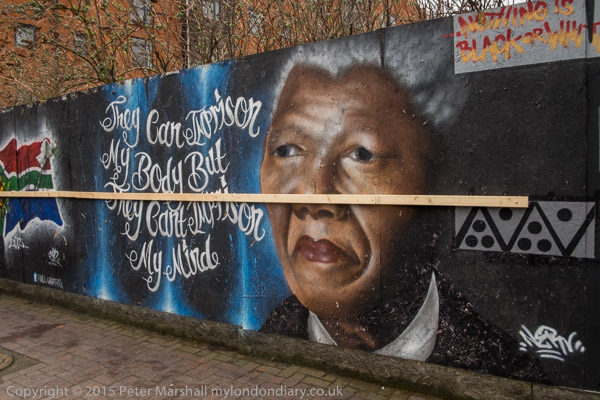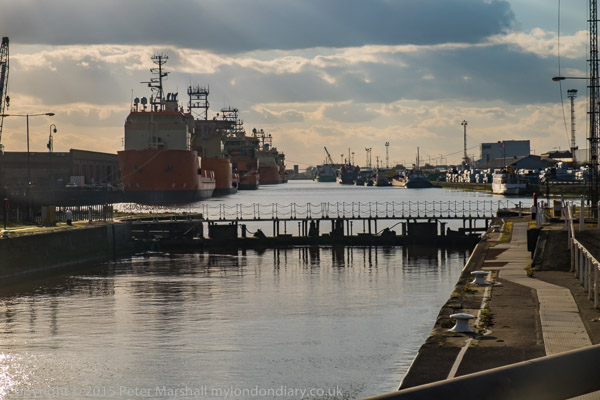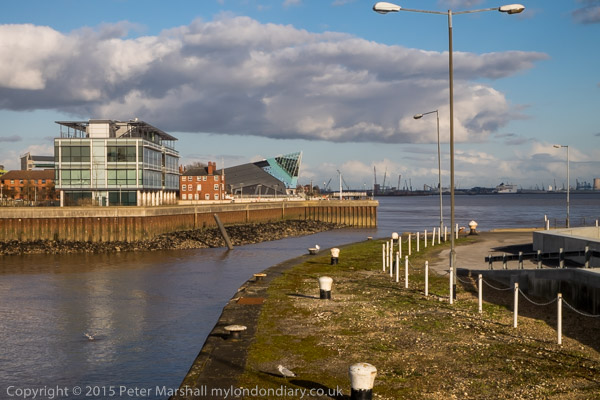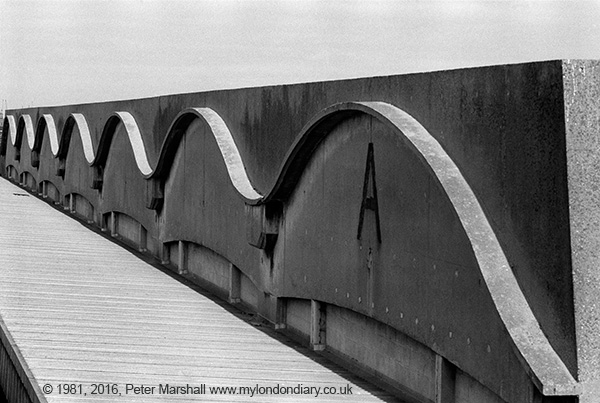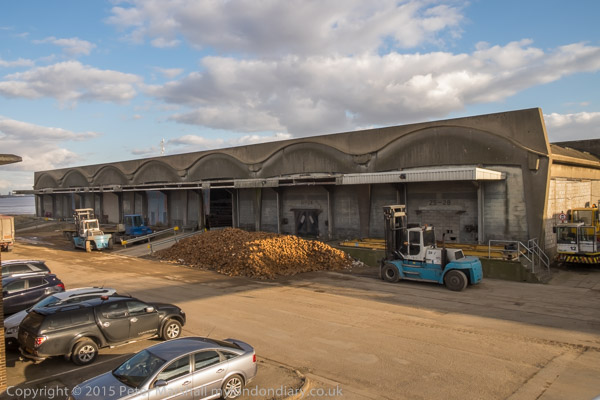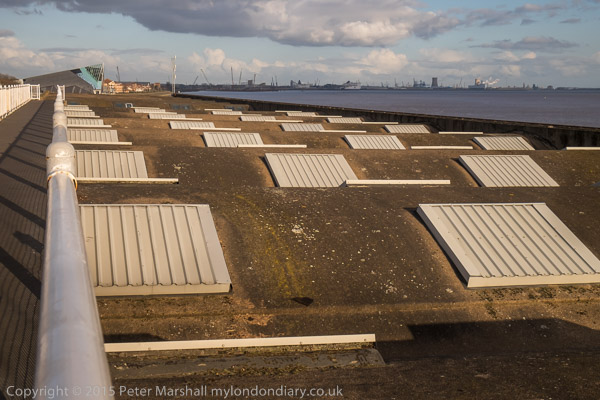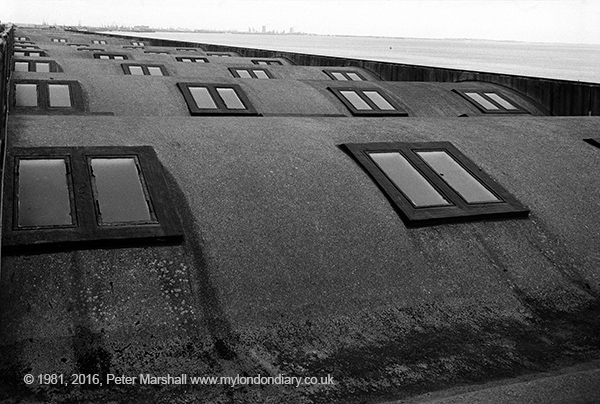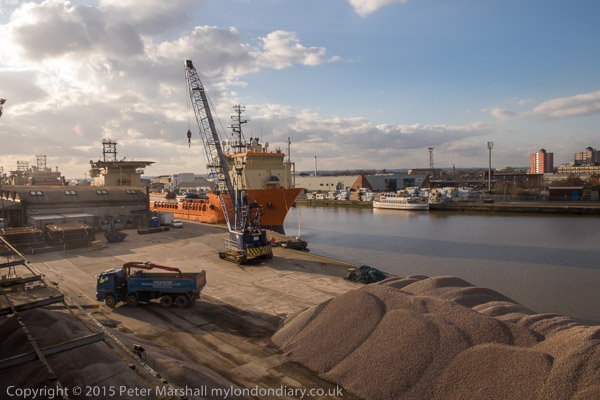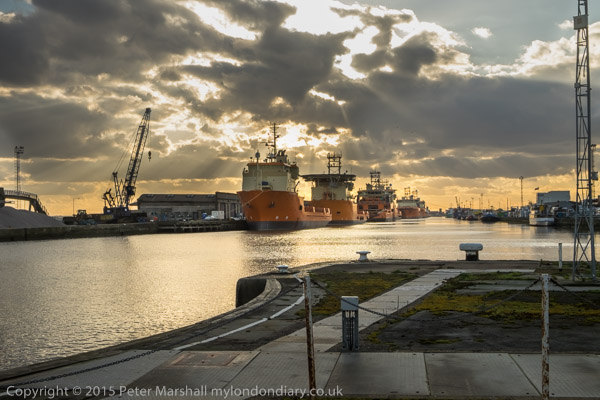Regular readers may have noticed that I’ve been missing for a few days. I’ve been away on a trip that took me to – among other places – Hull in east Yorkshire, which next year, will be UK City of Culture 2017.
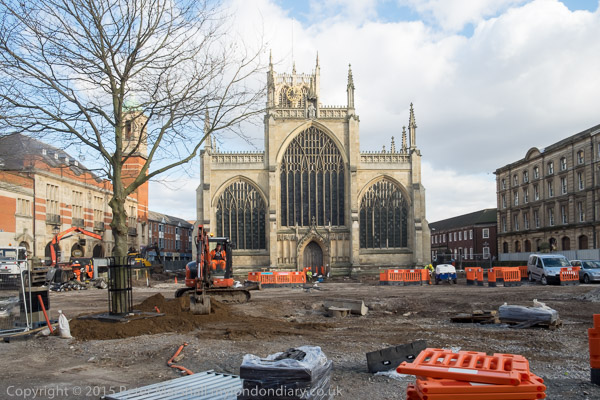
Holy Trinity, Hull
At the moment, the centre of Hull is almost entirely covered by orange plastic barriers as they retile most of the city centre for the event. I only hope that, unlike East London for the 2012 Olympics, they don’t end up destroying the most interesting aspects of the area.
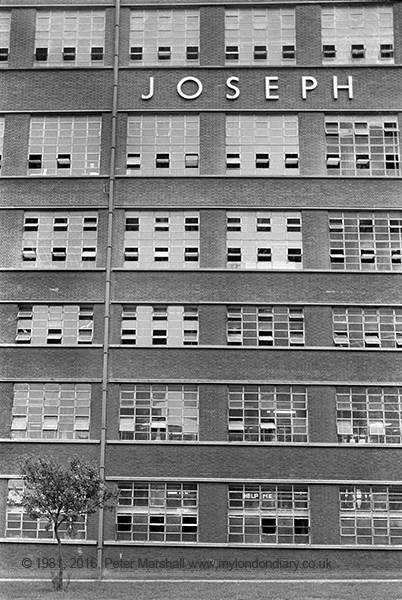
Joseph Rank’s building beside the River Hull, 1984 and, below, 2016
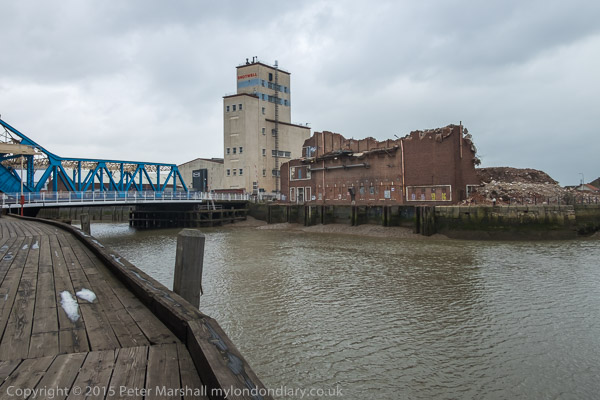
Not architecturally great, but an important Hull landmark now lost
My interest in Hull dates back to 1965, when I was taken to visit the family home of the woman who was later to become my wife. It was a powerful experience that left me feeling I had travelled back in time, both so far as the city and her family were concerned. Last week I read one of my wife’s uncles description of that home, and how though we were all smokers then (and I was too) it was a brave man who would light up there.
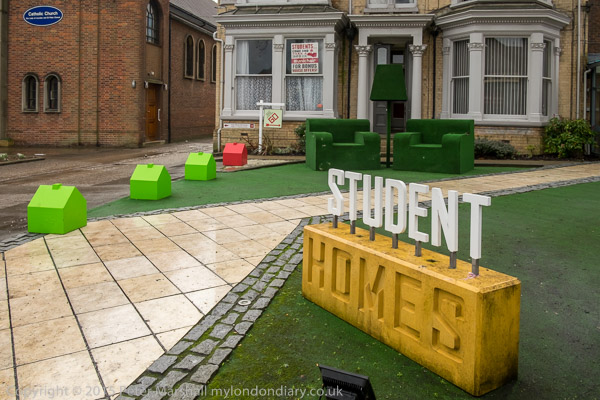
A wide area around the university is now student housing
The city was an interesting place, and perhaps surprisingly struck me as very much a city of culture, or rather of diverse cultures. Some fine architecture that had survived the wartime raids that flattened much of the city – but never made the wartime news. A freight port, though the large fishing industry, already curtailed following the first ‘cod war’ was about to disappear in a few years following the second in 1972-3.
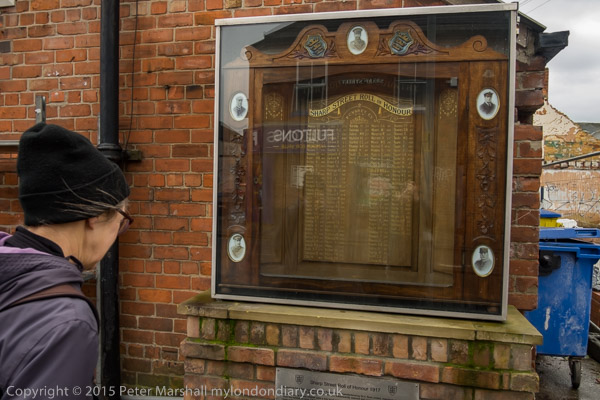
Sharp St War memorial
As well as a vibrant working-class culture, there was also a surprising level of ‘high culture’, with a fine art gallery, a good theatre, classical music, with a level of participation in events and amateur circles that was impressive. Both my future wife’s parents had been violinists, and her mother still played piano as well as participating in a women’s literary group. There was also a strong poetry tradition in the city, though whether Larkin was an inspiration or a drag on this I’m not sure.
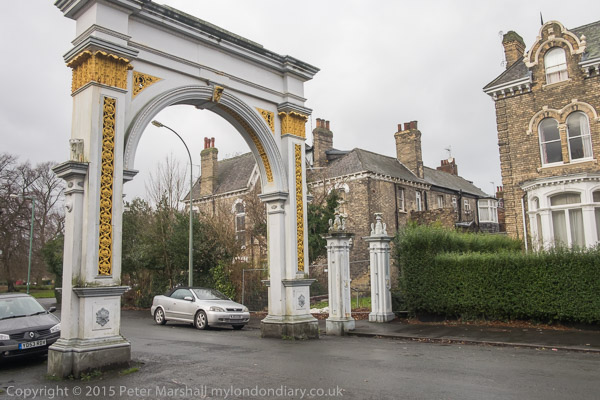
Gate to Pearson Park
Part of the reason for this was doubtless the isolation of Hull, out on a limb with no other cities of any size within reasonable travelling distance. Rather than travel, most of the time people did things in Hull, both those who lived inside the city boundary and those in its hinterland.
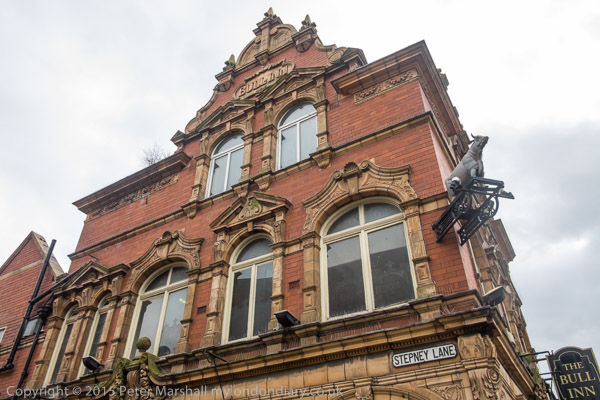
Bull Inn, Beverley Rd
Hull was the city where I had both the time and opportunity to carry out my first large-scale photographic project, starting in the mid-70s. This was shown at the civic Ferens Art Gallery in 1983, with around 140 prints.
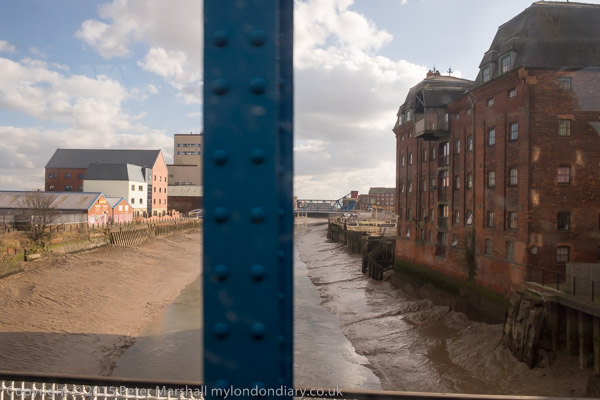
The River Hull
Most of the images from that 1983 show, together with a number of others, were in my 2011 book with the same title, ‘Still Occupied: A View of Hull‘, still available on Blurb (or more cheaply for UK customers direct from me). It contains all or almost all of the black and white images from the original show, along with over 150 more in its 120 pages, (some are reproduced rather small,) but I decided against including any colour images.
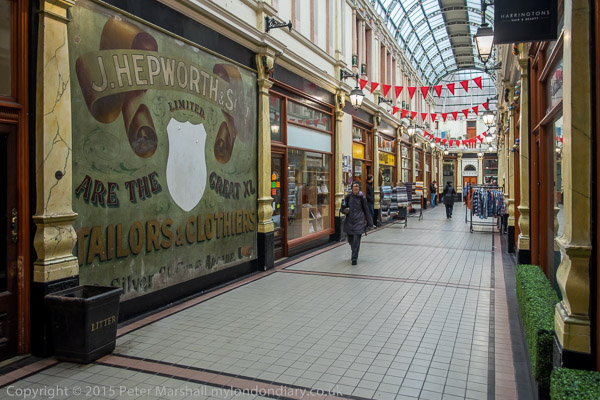
Hepworth’s Arcade
Sales of the volume have been small and it must be one of the rarest books on Hull. One of the first few books I made, it was never made available as a digital version, and is thus rather expensive.
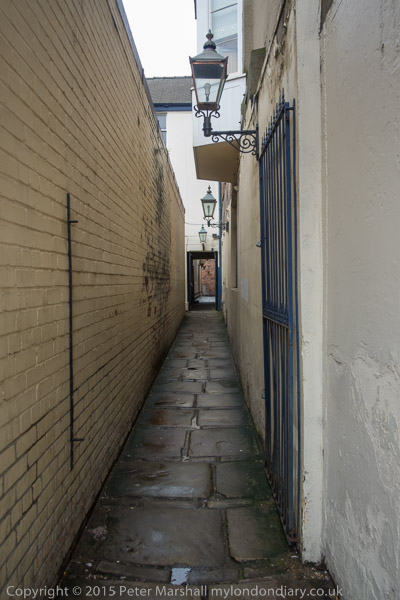
A passageway leads to one of Hull’s best-kept secrets – see Part 2
All colour images on this page taken in the past week using a Fuji X-T1 and 18mm lens.
Feature continues tomorrow.
Continue reading City of Culture – Hull (Part 1)
